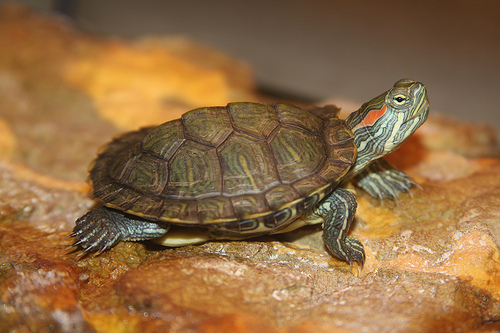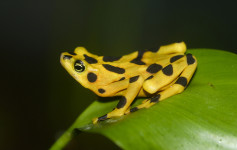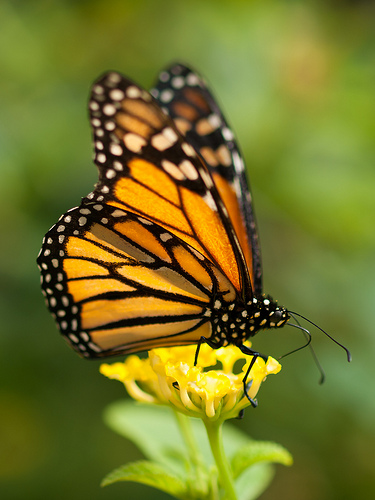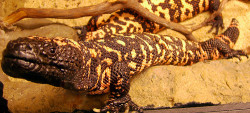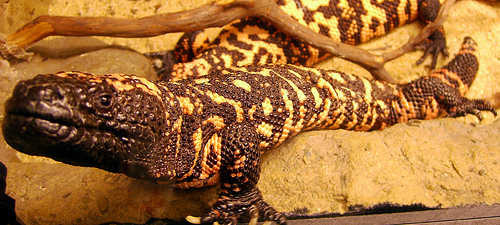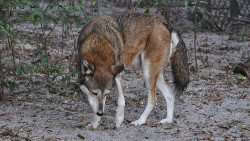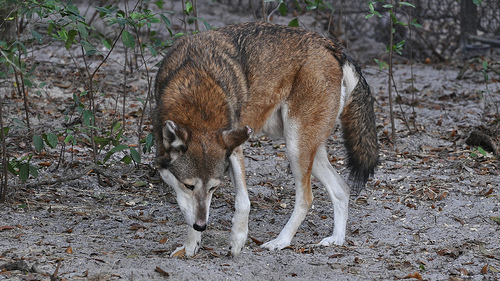
Raccoon dogs have more dog to them than raccoon.
- Raccoon dogs are a species of dog that have an appearance notably similar to that of a raccoon, though they are only distantly related.
- ‘Raccoon dogs’ are also known as ‘tanukis’ and ‘manguts’, and they are native to some of the eastern areas of Asia.
- The scientific name of a raccoon dog is Nycetereutes procyonoides and it is form the family Canidae, the family of dogs, and five subspecies of the animal exist.
- A raccoon dog has an average lifespan of 6 to 7 years, and the animal is generally between 45 to 71 centimetres (18 to 28 inches) in length with a weight from 3 to 10 kilograms (6.6 to 22 pounds).
- The scientific name of raccoon dogs means ‘night wanderer’ when translated from Greek, which refers to the dog’s mainly nocturnal activity.
Raccoon Dog
Image courtesy of Tambako The Jaguar/Flickr
- Raccoon dogs live in woodland and forest habitats near water, and they have a habit of hibernating in winter, particularly when snowy, which is a unique characteristic in its family.
- During summer months, raccoon dog fur is generally a red or yellow colour, however the fur coat changes to greys, browns and blacks in winter.
- Raccoon dogs have a diet that consists primarily of rodents, fish, nuts, berries, molluscs, birds and their eggs, grains, insects, reptiles and frogs, and they are adept at climbing trees.
- Raccoon dogs were first introduced to Europe, including parts of Russia, in the 1900s, and have since become a pest in some areas.
- The primary predator of a raccoon dog is a wolf, and the animal is also commonly hunted by humans for the purpose of culling, for food, as well as for its fur.
Bibliography:
Raccoon Dog, 2015, A-Z Animals, http://a-z-animals.com/animals/raccoon-dog/
Raccoon Dog, 2015, Wikipedia, https://en.wikipedia.org/wiki/Raccoon_dog
Raccoon Dog – The Night Wanderer, 2015, Fact Zoo, http://www.factzoo.com/mammals/raccoon-dog-night-wanderer.html








